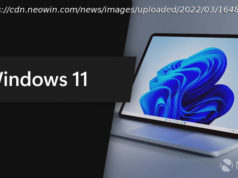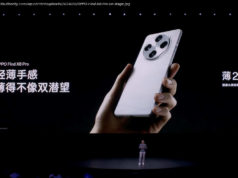How an investor meeting turned into a night on the tiles
Intel laid out its future graphics accelerator roadmap to investors on Thursday, which includes plans to blur the lines between integrated and discrete graphics. The chip giant said it will ship its first discrete desktop Arc GPUs, code-named Alchemist, in the second quarter of this year. The Arc GPUs will first appear in laptops this summer in the US. „We have had a very enthusiastic response from partners already capturing over 50 design wins across top OEMs and add-in card vendors,“ said Raja Koduri, senior vice president and general manager of the Accelerated Computing Systems and Graphics Group at Intel, in a taped speech for the investor day conference. The discrete Alchemist GPUs will ship with the Alder Lake and Raptor Lake processors that will be unveiled by Intel this year. But Intel’s Arc GPUs will get interesting starting next year with its GPU code-named BattleImage, which will ship with the upcoming Meteor Lake processor and its next-gen CPU architecture. The BattleImage GPUs will be integrated as a chiplet die – Intel calls them tiles – alongside other chiplets containing CPU cores and support circuitry, all contained in a single large processor package. This approach comes as Intel moves to advanced manufacturing nodes in which compute tiles can be stacked vertically and linked up through high-speed interconnects. „Meteor Lake is a brand new architecture that will enable tiled GPUs to be integrated on a 3D package. This is super exciting, as this allows us to offer discrete graphics class performance with the efficiency of integrated graphics,“ Koduri said. It’s a new class in graphics that can’t be called integrated or discrete, he opined. „This is just the beginning of the strategic advantages that this tiled architecture will give us. We will talk more about this in the future,“ Koduri said. Intel may have an early edge on tiled GPUs as it will be the designer and manufacturer of its own chips. Nvidia is a fabless company that relies on third-party fabs, and hasn’t talked about developing tiles to slot alongside x86 cores in future PC chips. Nvidia did not respond to request for comment on whether it planned to develop tiles to supplement its discrete and integrated GPU products.






